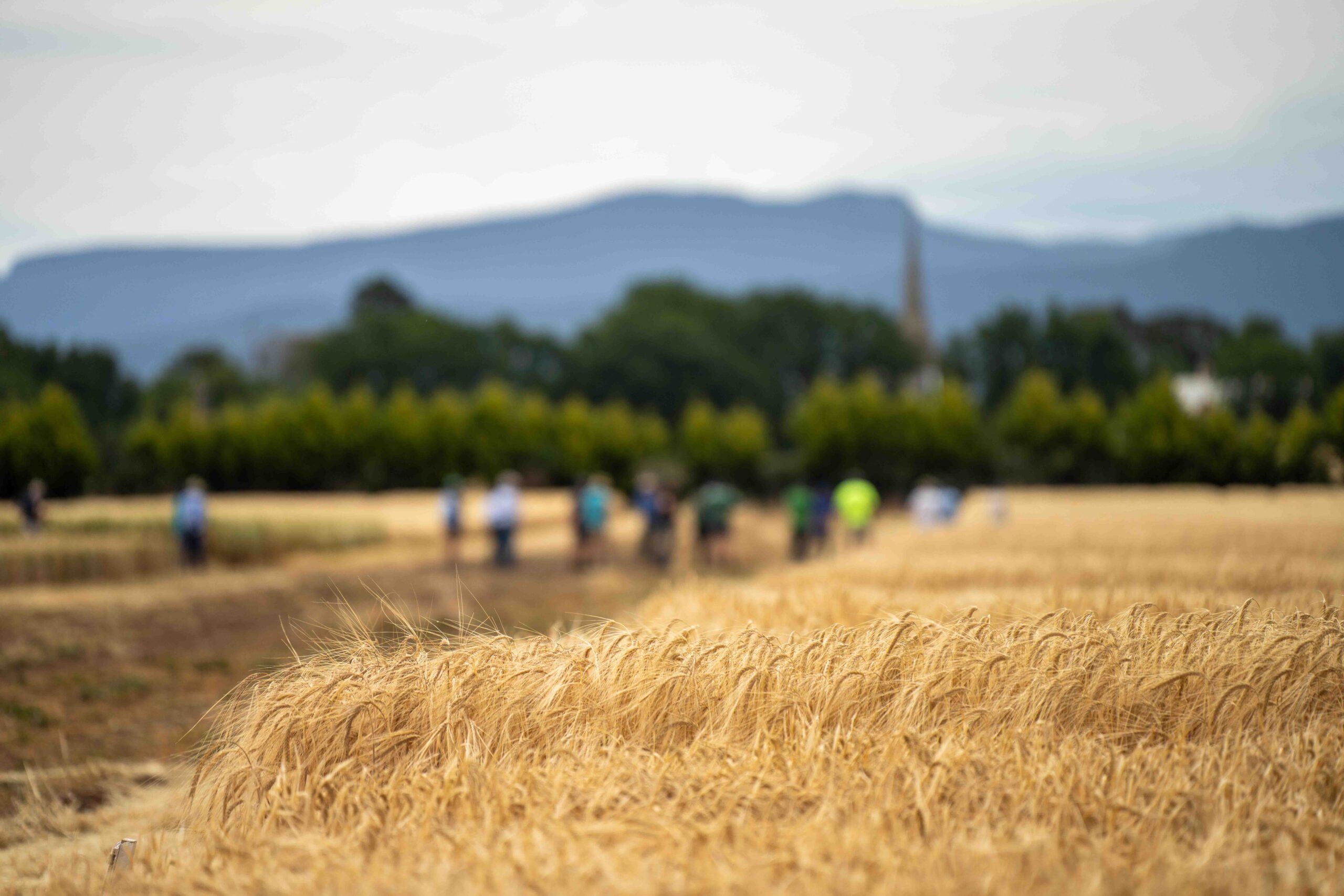Highlighting the role of agricultural advisors in the public sector
Agricultural extension, also known as agricultural advisory services, “refers to the entire set of organizations that support and facilitate people engaged in agricultural production to solve problems and to obtain information, skills and technologies to improve their livelihoods”. Its primary aim is to facilitate the transfer of knowledge from research and innovations to farmers, enabling farmers to enhance their farm managerial skills and to solve their own problems. This process has been proven to improve farmers’ decision-making abilities, leading to increased productivity and the potential for agricultural growth and higher incomes.
Role of Agricultural Advisory service
Agricultural extension plays a crucial role in the agricultural sector and rural development by facilitating the dissemination of knowledge, technologies, and best practices to farmers and rural communities. It helps bridge the gap between research institutions, agricultural experts, and farmers, ensuring that the latest knowledge, innovations, and technologies developed in research centres are effectively communicated and implemented at the grassroots level. Extension practitioners play a key role in building the capacity of farmers and rural communities through the provision of training, workshops, and demonstrations. This includes improving agricultural practices, enhancing management skills, and promoting sustainable farming techniques. As a result, farmers are empowered with information and data-driven insights, enabling them to make informed decisions about crop selection, pest management, soil health, irrigation practices, and other aspects of farming.
Agricultural extension facilitates market linkages, market information dissemination, and value-addition strategies. This helps farmers access markets more effectively, negotiate better prices for their produce, and explore opportunities for diversification and value chain development. In terms of rural development, extension services contribute to increased agricultural productivity, income generation, employment opportunities, and overall economic growth in rural areas, agricultural extension plays a vital role in fostering rural development, poverty reduction, and improved livelihoods.
The state of Agricultural Extension in South Africa
The state of agricultural extension in South Africa reflects a dynamic landscape with both challenges and opportunities.
Agricultural extension in South Africa has evolved significantly over the years, moving beyond traditional technology transfer to encompass a broader range of services. This includes advisory support on marketing, agribusiness management, sustainability practices, climate-smart agriculture, and rural development initiatives. There is a growing trend of collaboration between public extension services, private sector entities, non-governmental organizations (NGOs), research institutions, and farmer organizations. This collaboration aims to enhance the effectiveness and reach of extension services, leveraging diverse expertise and resources. Despite progress, agricultural extension in South Africa faces various challenges. These include limited funding and resources, uneven extension coverage across regions, outdated infrastructure, insufficient ICT infrastructure in rural areas, and constraints in reaching marginalized groups such as women, youth, and smallholder farmers.
The public sector is overwhelmed by the number of clients it serves through its fewer staff. More than 2 million farming households recorded by Statistics South Africa, some commercial farmers and land reform beneficiaries all depend on the public agricultural advisory service. Official statistics from DALRRD suggest that each extension officer service 500 farmers.
The current state of burnout of agricultural advisors in South Africa, particularly in the Eastern Cape, is exemplified by Mr Matshangana, an agricultural extension officer based in Lusikisiki in the Ingquza Hill Local Municipality, whom we had the opportunity to interview during our ARC research survey in the OR Tambo district of the Eastern Cape. Mr Matshangana, 52 years old, oversees three wards, encompassing around 1500 farmers, with one ward alone having approximately 500 farmers under his purview. He obtained his education from Forte University and Tsolo Agricultural College, equipping him with a blend of theoretical knowledge and practical experience. With over 20 years in the field, Mr Matshangana has observed that only about 50% of smallholder farmers consistently adopt his advice and recommended practices. About 30% initially adopt the practices but revert to traditional methods later, while 20% do not adopt the advice at all.
One of Mr Matshangana’s notable achievements is his work with the Lambasi co-operative, a cattle farming program in Lusikisiki in the Eastern Cape. Through his training and support, the co-operative has become self-sufficient and capable of producing quality cattle. Their dedication has been recognized with the provision of four tanks, further enhancing their livestock farming endeavours. Mr Matshangana also plays a role in helping them access markets for their products. However, he faces challenges in covering all the wards effectively on his own, indicating a need for more resources and support in extension services. For example, the wards and villages are far from each other. Also, the public sector’s approach is to organize farmers into groups, so the needs of farmers farming solo are not met e.g., disabled farmers.
Solutions to address the problem work burnout of agricultural advisors
The primary function of agricultural extension services is to enhance farmers’ decision-making abilities and equip them with the necessary skills to implement agricultural innovations effectively. Traditionally, this role has been fulfilled through direct, in-person information dissemination. However, with the advent of digital transformation in the agricultural extension sector, there is a shift towards leveraging information and communication technologies (ICTs) for more efficient and effective services. These technologies include mobile applications, online platforms, remote sensing, and data analytics, all of which contribute to enhancing advisory services.
The adoption of digital technologies allows for real-time sharing of information, facilitates farmer engagement, and provides robust decision support systems. For instance, the Agricultural Research Council (ARC) has developed the “ARC Hub” mobile application, designed to provide farmers with access to up-to-date information related to agriculture. This application serves as a valuable tool for disseminating critical information and knowledge to farmers. Extension officers are encouraged to embrace such applications and introduce them to farmers, thereby enhancing the reach and impact of extension services.
Glen Mendi, Research assistant in Smallholder Agricultural Development Unit, ARC
Siphe Zantsi, Agricultural Economist in the Economic Analysis Unit, ARC



